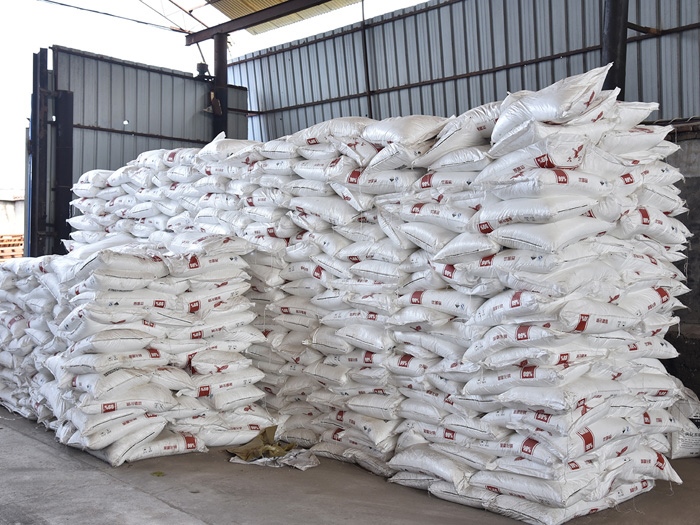Application of soda ash in printing and dyeing process (2)
1. Dyeing auxiliary:
Soda ash can be used as an auxiliary agent for direct dyeing of cotton fabrics, which can ease dyeing and soften hard water. When dyeing cotton with sulfur dyes, sodium sulfide is usually added as a dye solvent to help dissolve the dye. If the effect of alkali sulfide is greater, there is no need to add soda. In addition, it is often added as an auxiliary to vat dyes.
2. Color paste alkali agent:
Some vat dyes such as Shilin Bright Powder R and Blue 3G are easy to oxidize and are also very sensitive to caustic soda. Therefore, when a strong base is used as their dissolving agent, the color after printing will be dark purple.
In addition, due to the strong hygroscopicity of caustic soda or potassium carbonate, some colored discharge printing pastes tend to produce color halos on the edges of the pattern during cooking. To overcome this problem, soda ash is usually used instead of caustic soda or potassium carbonate.
3. Cleaner:
In general, soda ash and soap are often used as detergents in the post-processing of colored and printed fabrics. Soap is a better sodium or potassium salt of fatty acid and is a better detergent. The soap is hydrolyzed in a dilute solution, and when the concentration reaches 0.16-0.2%, the washing capacity reaches its peak.
In order to obtain sufficient decontamination ability, the concentration should be increased to about 0.5% when there is more dirt. In order to prevent the hydrolysis of soap in dilute solution (less than 0.1%), 0.1% alkali can be added to the washing liquid, and the amount of alkali in the concentrated washing liquid should be reduced. Alkali can soften hard water and act as a washing soap.
4.9 Fixing agent:
When reactive dyes are used for dyeing cotton or synthetic fibers, they are fixed with alkali. Better results can be obtained with dilute solutions of weak bases such as sodium carbonate. The dosage can be increased or decreased according to the color density.
For example, when ordinary reactive dyes are used for barrel dyeing, in the fifth to sixth passes, add about 1% alkali (for dyeing liquor) as a fixing agent in the dyeing bath. Generally, there are 6 dyeing processes, 6 fixing processes, and the temperature is 20 to 21°C.
5. Anti-whitening agent:
In aniline black anti-dyeing printing, in addition to zinc oxide powder and whitening agent, 70-100g/L soda ash is also added to prepare anti-whitening paste to achieve the anti-whitening effect. Sodium acetate is also used as an anti-dyeing agent instead of soda, but the contours of anti-whitening are not as clear as soda.


